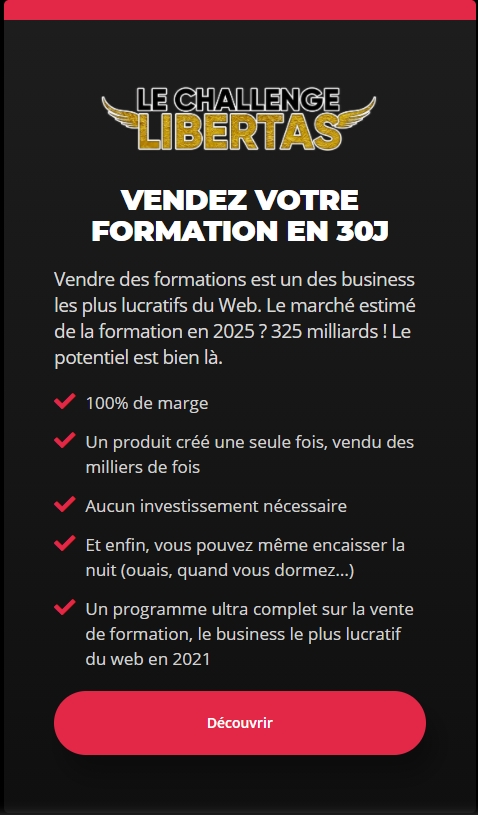

Measuring valid and reliable quantities of resources utilized is of major importance for generating valid cost estimates. Resource-use measurement (RUM) is a challenging and time-consuming but essential step in economic evaluations of health care interventions. This is the first study that transparently describes the development process of a generic multi-sectoral RUM instrument in health economics and provides insights into the methodological aspects and overall validity of its development process. However, due to the complexity of the development of a multi-sectoral RUM instrument, additional steps such as establishing a uniform methodological basis, harmonization of questionnaire modules and involvement of a broader range of stakeholders (healthcare professionals, sector-specific experts, health economists) were needed. The selected development approach was, overall, applicable to the development of the PECUNIA RUM.

The process included six steps, including the definition of the instrument attributes, identification of cost-driving elements in each sector, review of methodological literature and development of a harmonized cross-sectorial approach, development of questionnaire modules and their subsequent harmonization. Methodsįor the development of the PECUNIA RUM, the methodological approach was based on best practice guidelines. This study provides a detailed description of the practical application of this stepwise approach to the development of a multi-sectoral RUM instrument developed within the ProgrammE in Costing, resource use measurement and outcome valuation for Use in multi-sectoral National and International health economic evaluAtions (PECUNIA) project. However, it remains unclear how this approach can be translated into practice and whether it is applicable to the development of generic self-reported RUM instruments and instruments measuring resource use in multiple sectors. Thorn and colleagues proposed a stepwise approach to the development of RUM instruments, which has been used for developing cost questionnaires for specific trials. Furthermore, few resource-use measurement (RUM) instruments focus on the measurement of resource use in multiple societal sectors and their development process is rarely described. In the absence of acknowledged guidelines, measurement methods are often chosen based on practicality rather than methodological evidence. Measuring objective resource-use quantities is important for generating valid cost estimates in economic evaluations. Evers ORCID: /0000-0003-1026-570X 1, 13 on behalf ofĪpplied Health Economics and Health Policy volume 21, pages 155–166 ( 2023) Cite this article
#Challenge pecunia free#
Our electronics is based on printed #CarbonNanotubes and requires minimal energy and materials consumption.🌱 #SustainableElectronicsĬurious to learn more? Check out our paper here: ▶ įeel free to reach out with any questions.Development of an Instrument for the Assessment of Health-Related Multi-sectoral Resource Use in Europe: The PECUNIA RUM Through our study, we demonstrate that our ultra-low-power printed electronics, based on subthreshold ambipolar transistors, has the potential to be scaled to large circuits for self-powered smart devices. However, achieving sub-nanowatt power dissipation with #Scalable printed transistor technologies has long been a critical challenge.

To revolutionize the #InternetOfThings, printed electronics must operate with extremely low power consumption, enabling #SelfPowered smart devices that can function using #AmbientEnergy. Excited to share our latest paper in the IEEE Journal on Flexible Electronics (J-FLEX), where we explore the scalability of #UltraLowPower printed transistors for self-powered and eco-friendly smart sensors.🔬 #PrintedElectronics


 0 kommentar(er)
0 kommentar(er)
